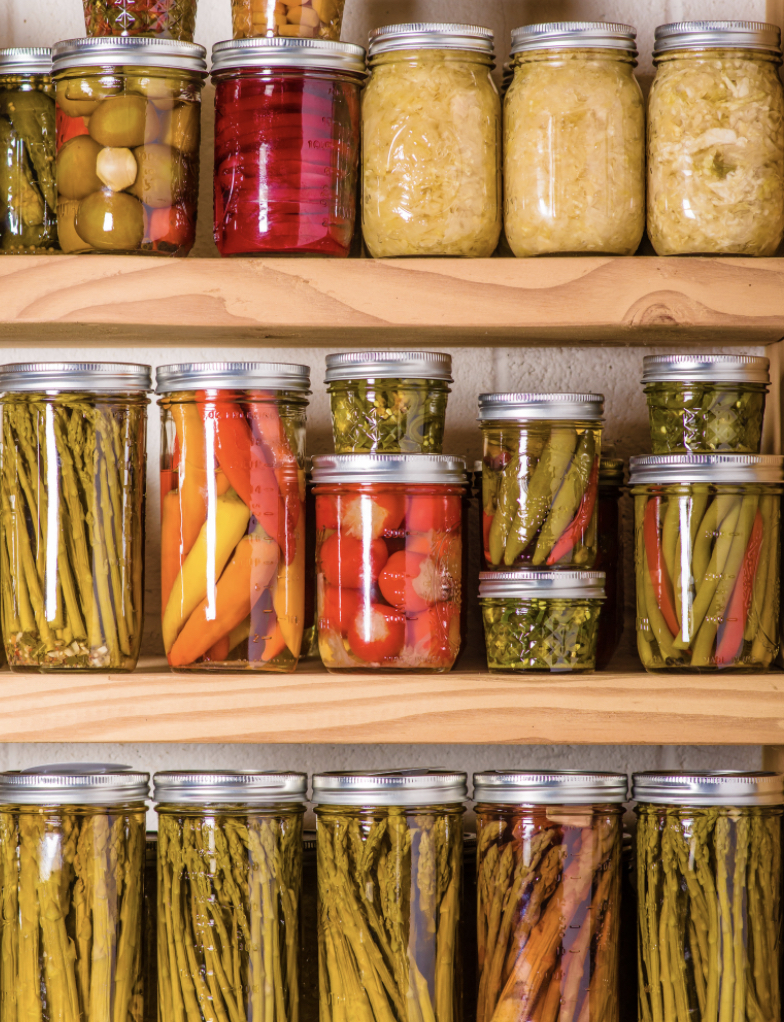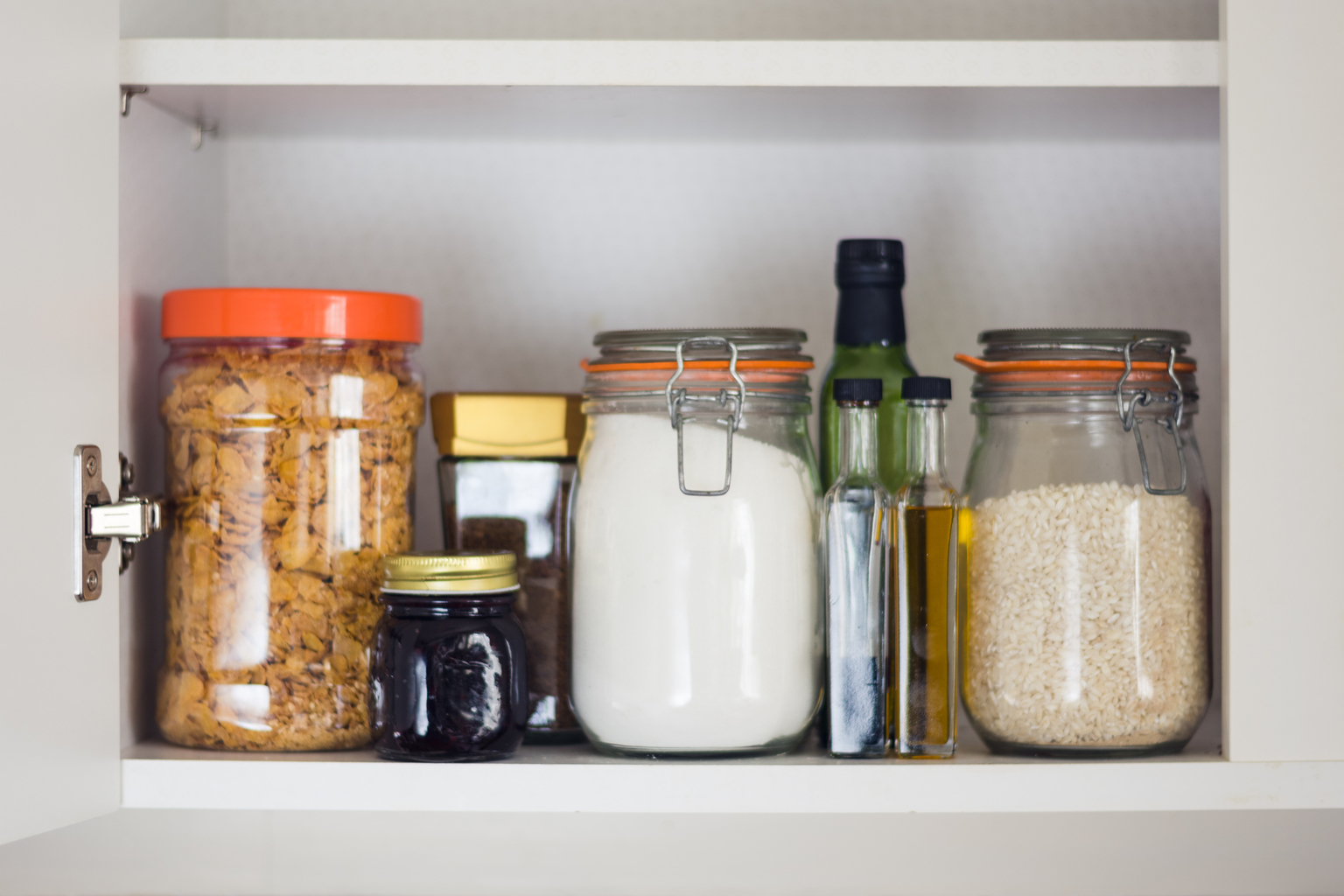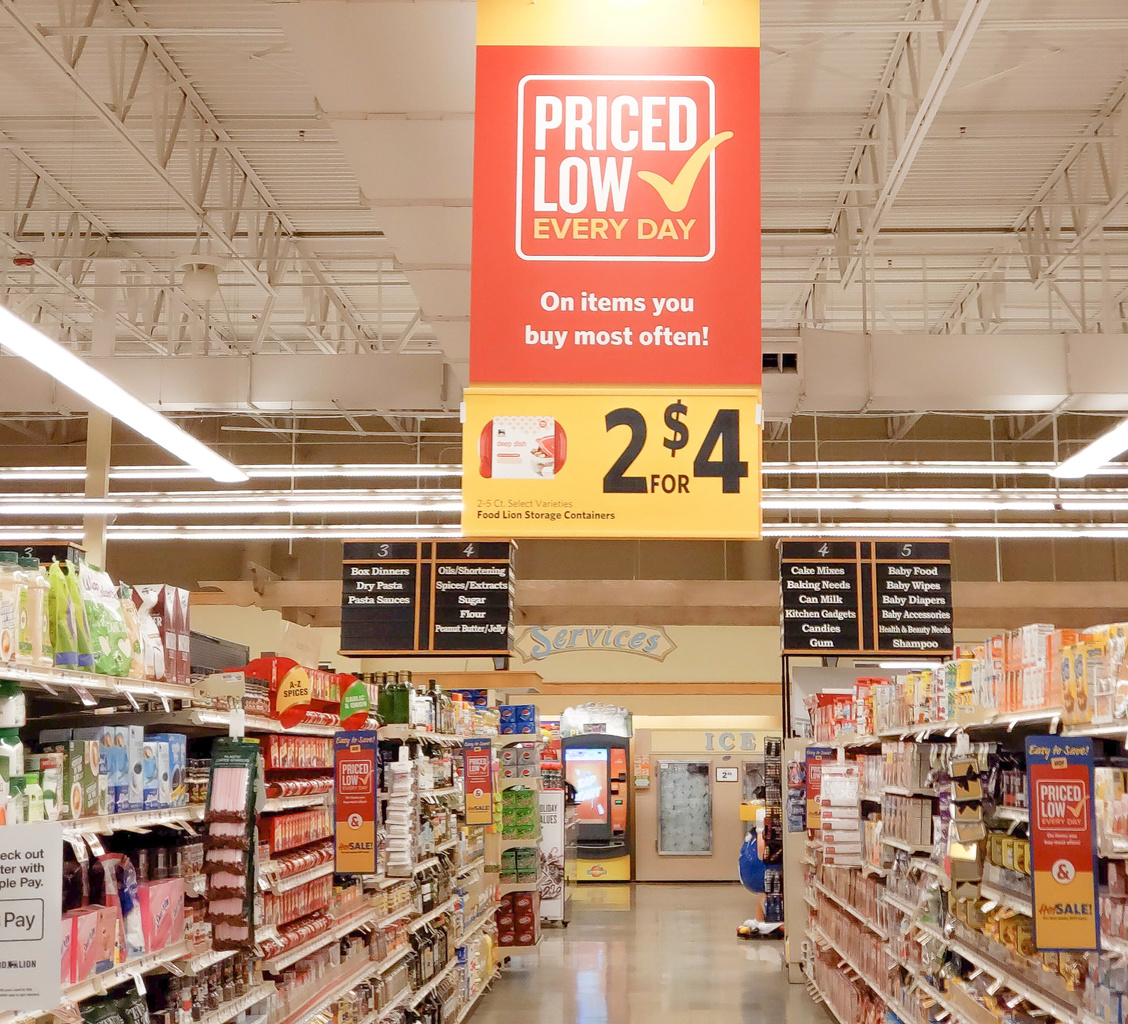Emergency Food Pantry Supply
Whether it be a pandemic, or you get completely snowed in and have no way of leaving your home for an extended period of time. It is always best to be prepared for any emergency, ready for the unexpected, and have your emergency food pantry supply stocked and ready.
It never really crosses your mind to be stocked up on food that can last a while until an emergency happens. There are so many other things going through our minds that we may not even think about the possibility for emergencies happening at any given time.
Keep reading for a comprehensive list of the pantry staples you should always have on hand. Plus, download this helpful and free Food Pantry Prepping Checklist.
What is an emergency food pantry?
You may be asking yourself, what exactly is an emergency food pantry? Should I have had one of these all along? Well, it is a fully stocked pantry full of items that have long shelf-lives. Since we never know when an emergency will happen, this is why be prepared will easy the stress in the event something does occur, such as the pandemic situation that we all are currently living through.
How do you make an emergency food supply?
As mentioned before, you will need to have a fully stocked pantry. Now, this doesn’t mean you should go panic shopping and stock up on a whole bunch of items that you aren’t even going to utilize or a quantity so large that there is no way you will even be able to use it all before it expires. You want to be prepared, but not to the point where you are panicking and taking away essential items that others may not have when your pantry is full and ready to serve you.

How much emergency food should you have in your pantry?
The goal of an emergency food pantry is to have enough food to last you anywhere from two to four weeks between your fridge, freezer and your pantry in case you have limited access to groceries or you don’t have the ability to leave your home for an extended period of time.
Now one thing to keep in mind is that while it may be tempting to fill your pantry with junk food like Ramen Noodles and Toaster Strudels, you want to find a happy medium between having a few of your favorite treats and many foods full of quality, nutritional value to keep you healthy and your immune system thriving. Think of things like:
- Flour
- Sugar
- Dry Beans
- Canned Meat
- Canned Beans

What should you stock in your pantry for emergencies?
Trying to decide what you should even buy and stock up on can be the challenging part. That is why we have made a list of the essentials for you below along with a few recipes that you could incorporate with the items within your emergency pantry, freezer and fridge!
- Fruits & Veggies – These can be both frozen and canned. It is important to get all of the proper vitamins and nutrition even if you are cooped up in your house.
- Rice, grains, and beans give you the necessary protein and fiber to keep you full and feeling your best. These last for months at a time and are perfect for meal prepping if you don’t want to slaving behind a stove every day. This Slow Cooker Pinto Beans and Ham recipe is a perfect staple meal to cook and cheap.
- Sauce & Noodles – Who doesn’t love pasta and already perfectly seasoned marinara sauce that comes in a jar? Cook a little chicken up and enjoy some Chicken Fettuccini Alfredo!
- Salt, Pepper & Seasonings are essentials for adding flavor and taking your recipes to the next level.
- Stocks and Broths – Can be utilized in so many different ways, including for soups, stews, or even to cook some chicken inside of a slow cooker.
- Soups – Simple Soup recipes are perfect for those times where you just want a quick, easy, filling meal.
- Dairy – Cheese, yogurt, and cottage cheese are perfect as they last in the fridge for up to a month if package properly.
- Jellies, Jams & Nut Butters – Perfect for making PB&J sandwiches for your family and adding on top of toast or bagels.
- Meat – Picked meats that have been cured such as ham and bacon since they will stay good for a while in your fridge. Other meats such as chicken and sausage keep in the freezer until you are ready to utilize them.
- Sandwich Bread is perfect to pair with some jam or make into a sandwich, bread such as bagels and English muffins can be frozen too.

How Long Should You Store Food and Supplies For?
One of the most common questions you will come across as you build your emergency pantry supply is, “How long should I prep for?” There is really no right or wrong answer to this question. It is completely up to you, and also depends on what kind of situation you are prepping for.
To know how much you need for how long, you need to take into account the size of your family, as well as how much food and supplies they use on average each week.
How And Where To Keep Your Emergency Pantry?
Your emergency pantry food supplies only has three necessary qualifications: cool, dry, and pest proof. The rest is up to you as you find different possibilities to have one in.
Almost any space you find that you are not using is a great option for turning into a prepper pantry. This can be a closet, space under stairs, basement, or even a spare bedroom. You can feel free to get creative with this part… There is not even a rule that says your food pantry has to all be in one place!
You can have separate places for water, food, and other things with no problem. Just make sure they are accessible to everyone and meet the three qualifications. If you are looking for inspiration, research creative organizational styles like those found in tiny homes. You are sure to find the perfect resources you can customize for your particular available space
Growing Your Emergency Food Supplies Over Time
Building up a prepper pantry is not something that happens overnight. It is a long term investment in both money and time. It takes a lot of planning and thinking ahead, so it is important to have a plan to grow it over time.
Once you have a weekly average amount figured out, you can use that to start building a two week supply pantry as a test. This will show you how much space these supplies take up, and how much more you can fit into the space you have available.
Now that you have a guideline to follow for and emergency food supply, download this prepper food pantry checklist and start stocking up!



Dehydrate as much as you can. If the power goes out, your food is still safe. As well, when using it for cooking, you only need a small amount because it shrinks as it dries and the water in it evaporates. You can store a lot of dehydrated foods in just a few canning jars. Examples are: kale, collards, carrots, sliced or cubed potatoes, green and red peppers, mushrooms, apples (sliced or cubed), peaches, strawberries, pears. You can even dehydrate canned or frozen veggies and fruits. It is just one more thing you can do to give you peace of mind.
Thanks for all the work that went into your Emergency Food Pantry Checklist. The quantities you have there are established with what size family in mind? Certainly not a family of 2, but if 4 or 6?